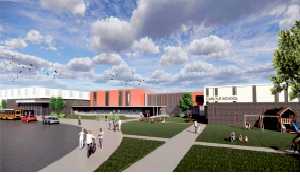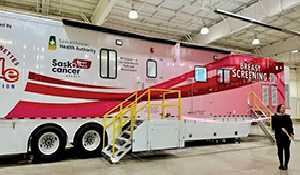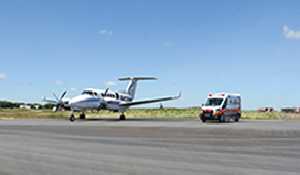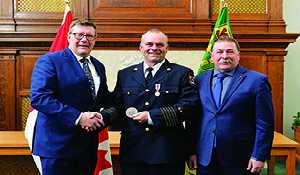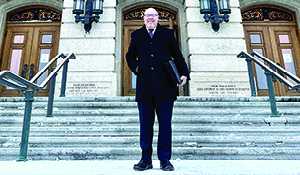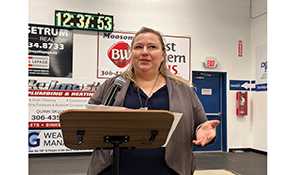Minnesota approves Line 3 environmental statement
February 4, 2020, 2:33 pm
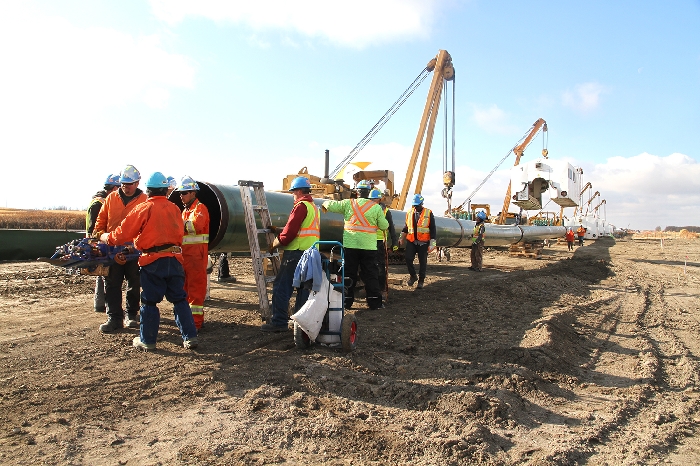

Enbridge Inc. said it is pleased with today's ruling by the Minnesota Public Utilities Commission that the Line 3 Replacement Project's second revised Final Environmental Impact Statement (FEIS) is adequate.
The MPUC also reaffirmed L3RP's applications for a certificate of need and pipeline routing permit.
"After nearly five years of community engagement, environmental review, regulatory and legal review, it's good to see the Line 3 Replacement Project move forward," said Vern Yu, Executive Vice President, Liquids Pipelines.
"It is a $2.6 billion investment in the state's critical energy infrastructure, but from the start of the project has been about improving safety and reliability for communities and the environment. We now look forward to next steps on the project's remaining permits."
The replacement of Line 3 is the most studied pipeline project in Minnesota history.
Enbridge will continue to work with the State and Federal permitting agencies to finalize the permits required to start construction.
This clears the last remaining hurdle before Enbridge can begin construction on replacing the American portion of its $9-billion Line 3 pipeline project running from Hardisty, Alberta to Superior, Wisconsin, a port on Lake Superior.
The Minnesota Public Utilities Commission (PUC) voted 3-1 on Monday to both accept a revised environmental impact statement and to issue a ‘certificate of need’ for the Line 3 pipeline replacement project through Minnesota
The Line 3 Replacement is a 390,000-barrel-per-day pipeline project.
The Canadian portion of the Line 3 replacement has been completed. Crews were in the Moosomin area in 2018 and 2019 working on the project, and crews will be back in the area in the summer of 2020 to complete surface remediation -- to put the surface back to the way it was before the pipeline work began.
“There is no dispute that the current pipeline was built in the 1960s and is corroding and operating at about half its normal capacity,” said Minnesota Commissioner Valerie Means as she prepared to vote in favour of the granting Enbridge a certificate of need for the pipeline.
“I think replacing an aging pipeline with a new pipeline is the most rational option,” she said.
Work is expected to be done on Line 3 through Minnesota this year.


